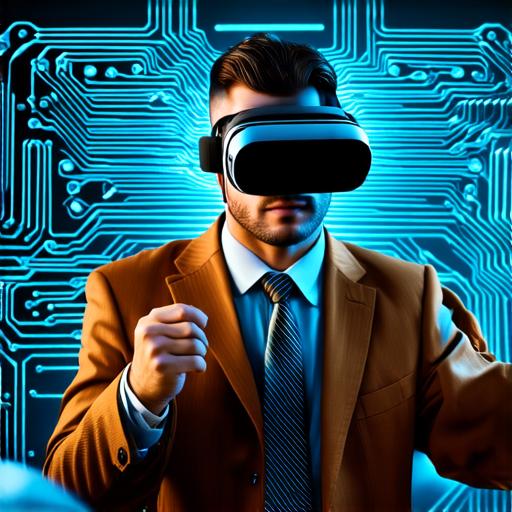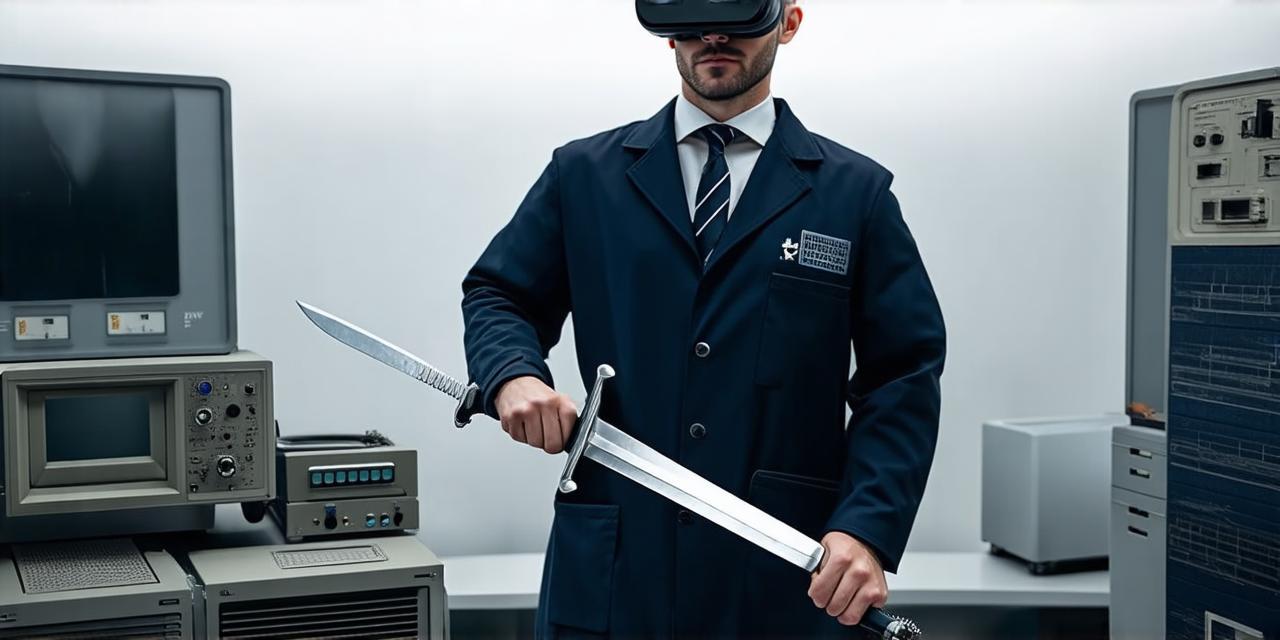As virtual reality (VR) technology continues to evolve and become more accessible, many people are curious about the history of this immersive technology.
The First VR Headset: The Sword of Damocles

In 1963, Canadian engineer Ivan Sutherland created the first VR headset, known as the Sword of Damocles. This headset was a simple device that consisted of a box with two screens mounted on either side of a headband. The user would look through the lenses and see a 3D image projected in front of them.
Sutherland’s invention was groundbreaking at the time, as it allowed users to experience a sense of immersion that had never been possible before. However, the Sword of Damocles was far from perfect. For one thing, it was bulky and uncomfortable to wear for extended periods of time. Additionally, the resolution of the screens was very low, making it difficult to see details in the 3D image.
Despite these limitations, the Sword of Damocles paved the way for future VR technology. It demonstrated that it was possible to create a device that could project a 3D image in front of the user, and this idea would be built upon by later generations of VR headset developers.
The Evolution of VR Headsets
Over the years, VR headset technology has come a long way. In the 1970s and 1980s, researchers at universities and research institutions began experimenting with different designs for VR headsets. These early headsets were often bulky and uncomfortable to wear, but they did allow users to experience a sense of immersion that had never been possible before.
In the 1990s, commercial VR headset manufacturers like Oculus and HTC began to enter the market. These headsets were significantly better than their early counterparts, with higher resolution screens and more comfortable designs. However, they were still limited by the fact that they required a powerful computer to run and were expensive.
In the 2000s, advances in technology allowed VR headsets to become smaller and more affordable. Today, there are many different types of VR headsets available, from high-end devices like the Oculus Quest 2 to more budget-friendly options like the Google Cardboard.
The Impact of VR on Society
Virtual reality technology has had a significant impact on society in recent years. It has been used in a variety of fields, including gaming, education, and healthcare. For example, medical researchers have used VR simulations to train surgeons and nurses, while educators have used VR to create immersive learning experiences for students.
In addition, VR technology has also been used in the entertainment industry. Movies and video games have begun to incorporate VR elements, allowing users to experience the story or game world in a more immersive way.
The Future of VR
As VR technology continues to evolve, it is likely that we will see even more innovative uses for this technology in the future. For example, VR could be used to create more realistic and immersive training experiences for professionals like doctors and pilots. It could also be used to create more interactive and engaging experiences for museums and historical sites.
In conclusion, the origin of the first VR headset is an important part of the history of this exciting technology.
